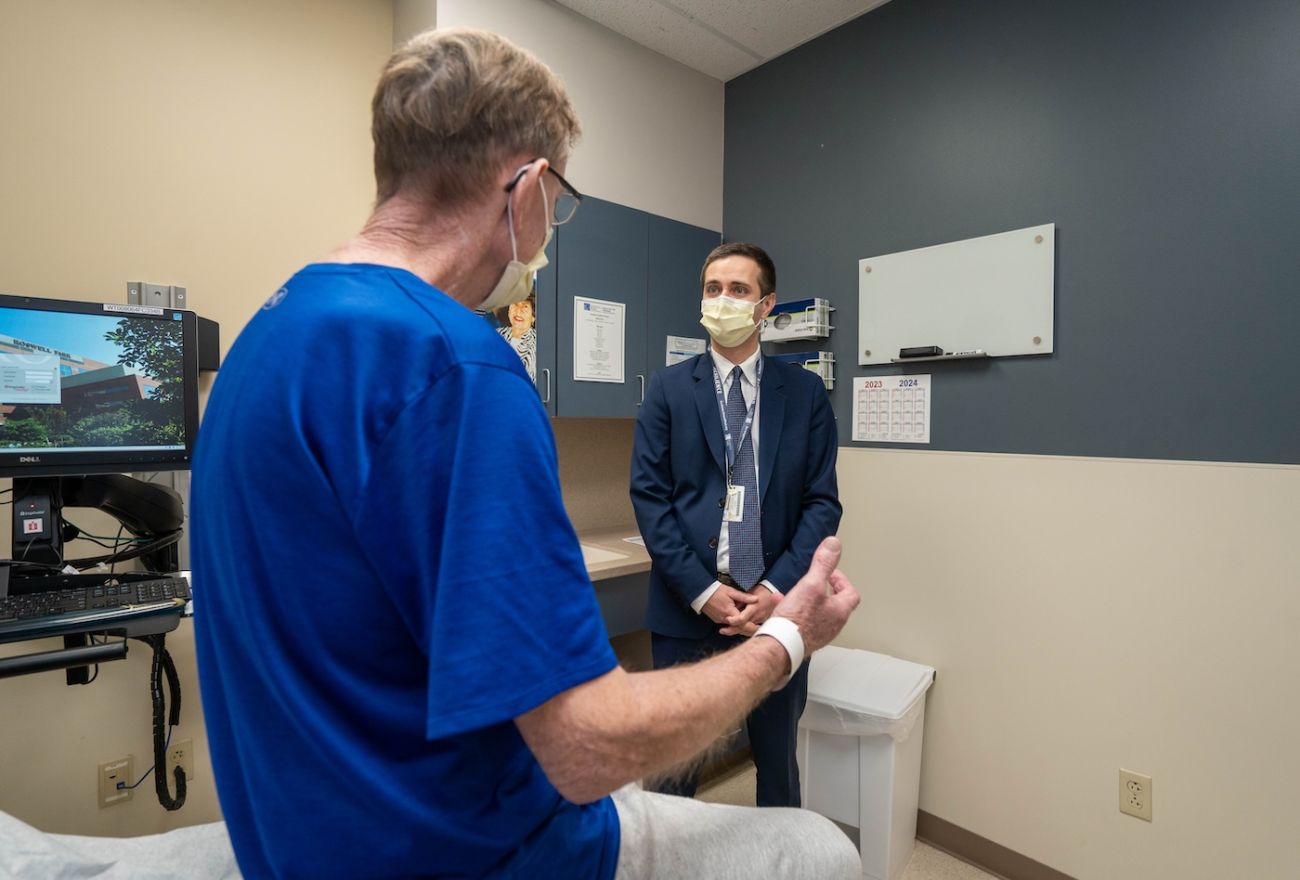Cholangiocarcinoma risk factors
- Hepatitis B virus (HBV) or Hepatitis C virus (HCV) infection. These infections cause inflammation in the liver which make it not work as it should.
- Chronic stones in the bile duct. Bile duct stones are similar to gallstones, but smaller.
- Choledochal (bile duct) cysts. This type of cyst occurs as a result of a congenital (born with it) malformation of a bile duct in which a fluid-filled sac forms in the bile duct. This condition is usually detected within a child’s first year.
- Primary sclerosing cholangitis. This autoimmune condition causes bile duct inflammation and scarring that leads to their narrowing and hardening, and gradual liver damage.
- Liver fluke (parasitic) infection. Liver flukes are more common in part of Asia and Europe than in the United States. Humans can become infected by eating raw or undercooked fish, crabs and crawfish from areas where the parasite is found.
- Long-term damage to bile ducts that may result from chronic inflammation from stones in the bile duct or primary sclerosing cholangitis, an autoimmune disease that leads to bile duct scarring.
Intrahepatic bile duct cancer risk factors
In addition, factors that increase a person’s risk for liver cancer, also are risk factors for cancer in the bile ducts within the liver. These include:
- Hepatitis B virus (HBV) and Hepatitis C virus (HCV) infections
- Cirrhosis (scarring) of the liver
- Diabetes
- Heavy alcohol use
- Non-Alcoholic Fatty Liver Disease (NAFLD)
Gallbladder cancer risk factors
Many risk factors for gallbladder cancer are related to inflammation in the gallbladder or bile ducts, or are conditions that cause this inflammation. These include:
- Gallstones. These stones, hardened pebble-like deposits of bile or cholesterol, can form in the gallbladder, causing inflammation or a blockage in the bile ducts. Many people with gallbladder cancer are found to have gallbladder stones, too. The larger the gallstones, the greater the cancer risk. However, gallbladder stones are quite common, but gallbladder cancer is rare.
- Porcelain gallbladder. This condition occurs when calcium deposits build up in the gallbladder wall, causing it to harden and become fragile and brittle.
- Cisgender women. Women are three to four times more likely than men to develop gallbladder cancer. Gallstones and gallbladder inflammation are also more common among women.
- Obesity. People who are obese also face increased risk for gallstones.
- Ethnicity. In the United States, Mexican Americans, Latin Americans and Native Americans are more likely to develop gallstones and gallbladder cancer than other population groups. African Americans are less likely than other groups to develop gallbladder cancer.
- Older age. Most people with gallbladder cancer are over age 65 at diagnosis, although it can occur among younger adults, too.
- Abnormal bile duct junctures that may allow juices from the pancreas to reflux up into the bile ducts.
- Polyps in the gallbladder
- Chronic typhoid infection
- Primary sclerosing cholangitis. This autoimmune condition causes bile duct inflammation and scarring that leads to their narrowing and hardening, and gradual liver damage.
- Inflammatory bowel disease such as ulcerative colitis
- Thickening (adomyomatosis) of gallbladder wall due to gallstones

